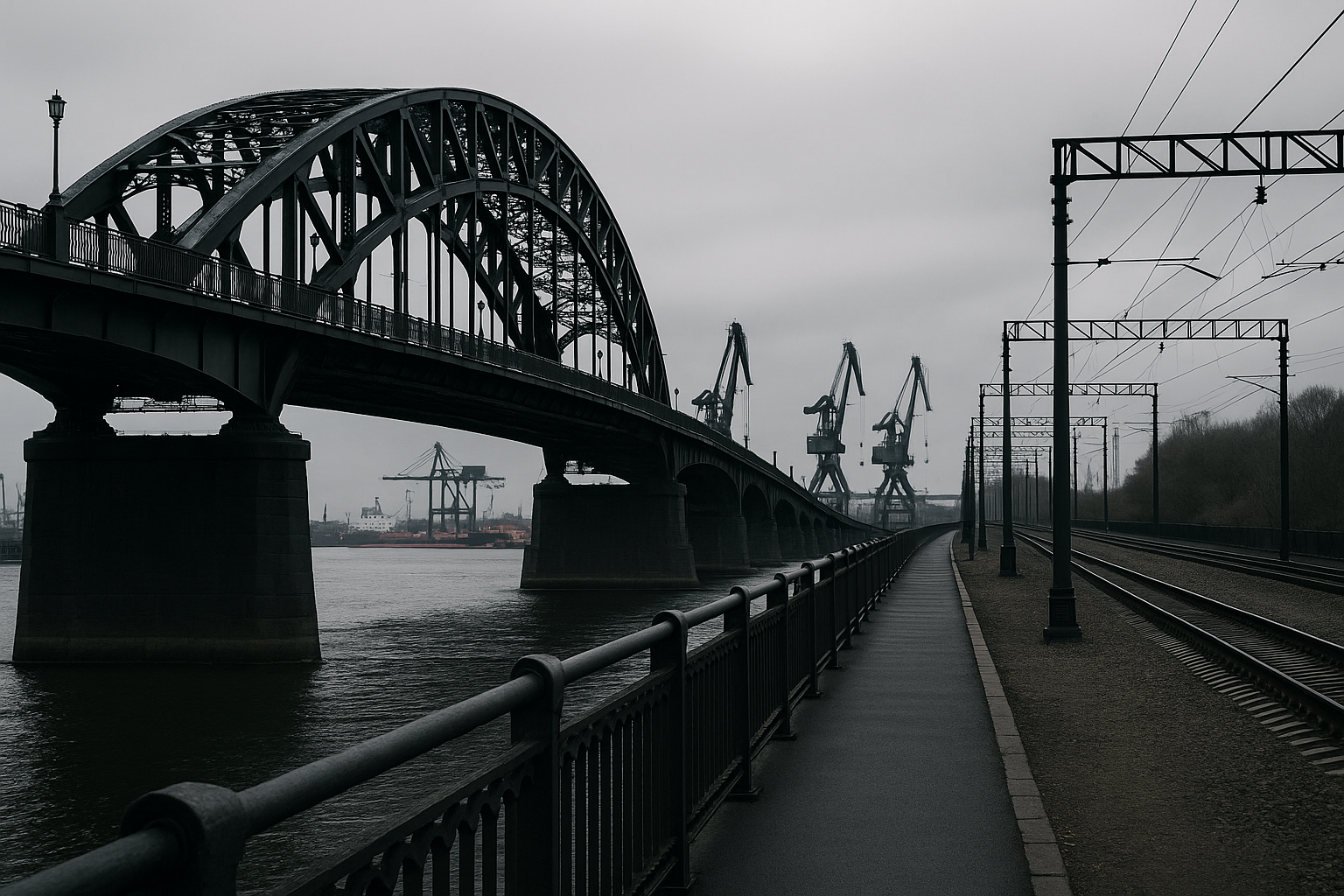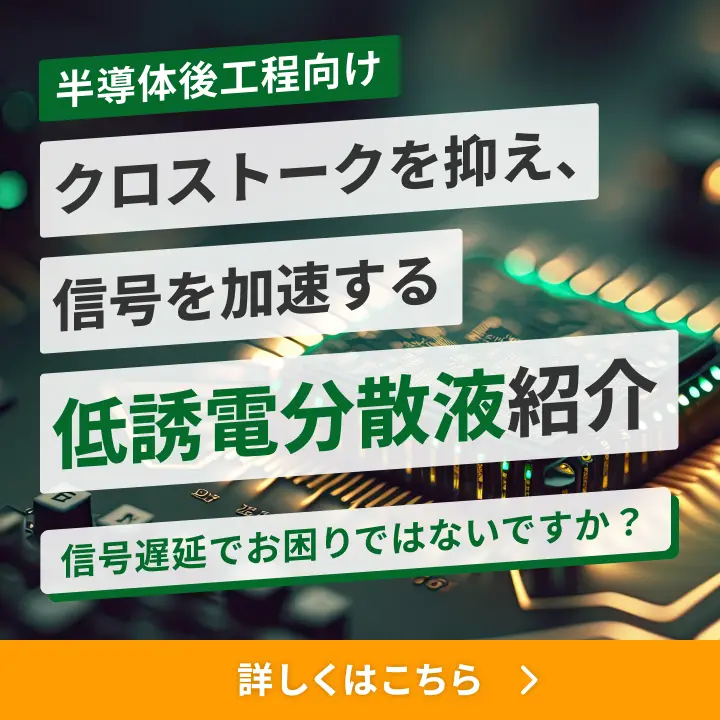
They are diffuse reflectance, interferences and so on, mechanisms are different, but the aim is to change the refractive index of the light.
This section introduce the characteristics, types, and applications of high refractive index and low refractive index material dispersions.
What is high refractive index and low refractive index material dispersion?
An unavoidable problem in manufacturing flat panel displays is the reflection of outside light. TOKUSHIKI has been introducing uniformly dispersed anti-glare coatings to scatter reflected light in multiple directions to prevent reflection.However, as the display has become increasingly high-definition, transmitted light is scattered on anti-glare-treated surfaces, preventing high-definition image display. Therefore, in order to eliminate reflection, it is required to reduce the reflection itself on the surface.
In addition to AG, AR (Anti-Reflection) is a method to prevent reflection using refractive materials. This is made by laminating thin films with different refractive indices, and interference waves are produced by making low-refractive layers and high-refractive layers multilayered, thus lowering the reflectivity.
The refractive indices of high-and low-refractive-index polymers originally depend on the refractive indices inherent in the substrate. However, the refractive index can be adjusted by doping the coating material with TOKUSHIKI's high-and low-refractive-index material dispersions that contain inorganic fillers (such as zirconium oxide, titanium oxide, and magnesium fluoride) with high-and low-refractive-index features. It is also a fine particle dispersion liquid, so it has high transparency. There are water-based types of high-refractive-index material dispersions that can also be used for water-based paints.
Application and lineup of high refractive index and low refractive index material dispersion
Application:
Optical application coatings, etc.Lineup:
| Product name | Filler type | Solvent |
|---|---|---|
| 9076MF | Magnesium fluoride | Non-aqueous low refractive index material dispersions |
| 9078ZR | Zirconium oxide | Non-aqueous high refractive index material dispersions |
| 9079ZR | Zirconium oxide | Water-based high refractive index material dispersions |
| 9060TO | Titanium oxide | Non-aqueous high refractive index material dispersions |
| 9061TO | Titanium oxide | Water-based high refractive index material dispersions |
Various customizations are available upon request!
Inorganic filler dispersion(under development)
Summary
- The refractive index can be adjusted by doping TOKUSHIKI's high-and low-refractive-index material dispersions that contain fine particles of inorganic fillers (such as zirconium oxide, titanium oxide, and magnesium fluoride) with high-and low-refractive-index features.
- The high refractive index and low refractive index material dispersion of TOKUSHIKI is a fine particle dispersion, so it has high transparency.
- Some high refractive index material dispersions are available in water type.
- Various customizations are possible according to your needs.





